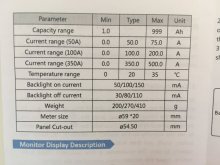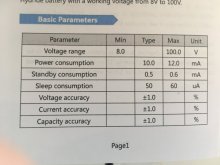Please provide a diagram of your set-up.
Is the inverter negative on the B- or P- side of the shunt. If it is on the B- side of the shunt, the shunt can not measure current going to/from the inverter.
Yes, the P- will typically go to chassis and, in you case it sounds like that is also the negative return for all of your devices except your inverter. That means the shunt is measuring the current to/from all of the devices except the inverter.
As a side note: chassis ground is not typically considered a good path for the negative connections to appliances/devices. If I am understanding your set-up you are putting a heavy gauge wire between the inverter and the battery negative. That is good but it needs to be to the P- of the shunt, not B-
Edited to add comment about gauge
You may want to consider adding a negative return wire for all of your other devices as well.
(They should be the same gauge as the positive wire to the device) You should at least consider doing it for any high current devices you might have on the circuit.
BTW: In my drawing above, I notice I show the fuse on the negative side. That works but I typically put the fuse/breaker on the positive side. (I started with a drawing I had from helping another guy that had the fuse on the negative.) Here is how I more typically would do it:
View attachment 6619
Notice that the tiny positive wire to the shunt is fused seperately. The main fuse would not even notice a short on the tiny wire going to the shunt. Without the device fuse the tiny wire could become a very smoky fire-prone fuse.
There have been complaints about not showing proper fusing in diagrams so I am trying (and typically failing) to remember to do that. Whenever you see a diagram from any of us, don't assume the fusing is correct. If you are not sure how something should be fused, ask.





